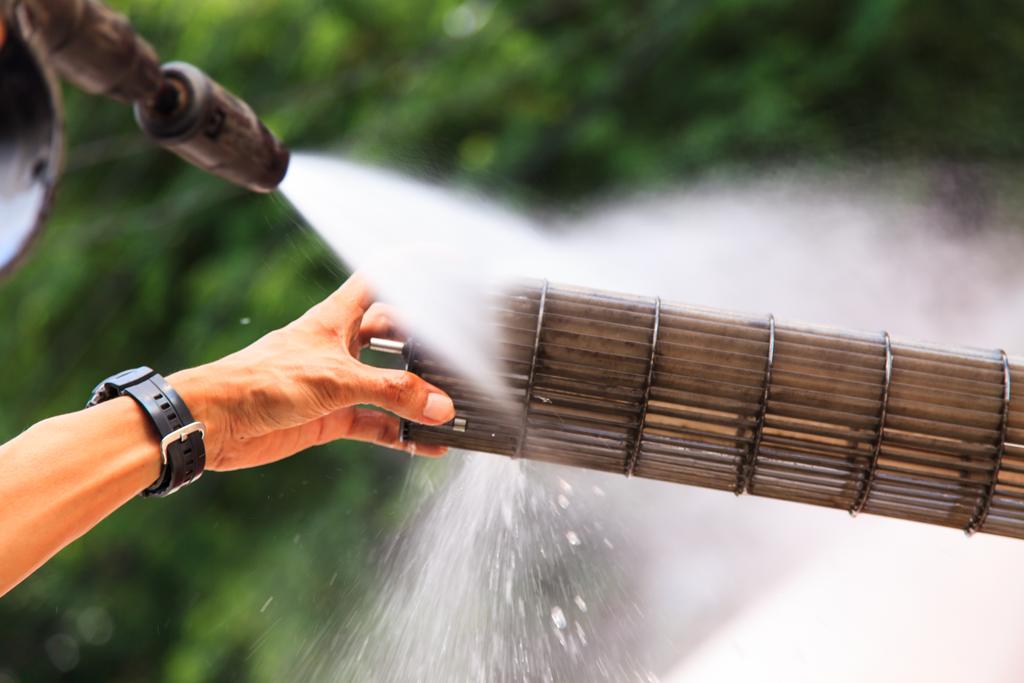Advanced Air Duct Cleaning: Unveiling the Benefits, Methods, and Pros/Cons
Clean air is vital for a healthy home environment, and one of the often-overlooked aspects of maintaining indoor air quality is air duct cleaning. While some may question its effectiveness, this article aims to provide insights into the difference air duct cleaning can make, the best methods available, and its impact on airflow.

We’ll also explore the pros and cons to help you make an informed decision about this essential home maintenance task.
Does Cleaning Air Ducts Really Make a Difference?
Absolutely! Cleaning your air ducts can significantly impact the quality of the air you breathe and the overall performance of your HVAC system. Here’s how:
- Removes Contaminants: Over time, dust, allergens, pet dander, and even mold can accumulate in your air ducts. When your HVAC system operates, it can recirculate these contaminants throughout your home, leading to health issues, especially for those with allergies or respiratory conditions.
- Improved Efficiency: A clean HVAC system operates more efficiently. When ducts are clogged with debris, it forces your system to work harder, leading to higher energy bills. Clean ducts help maintain optimal airflow and reduce energy consumption.
What Is the Best Method of Air Duct Cleaning?
Several methods are used for air duct cleaning, but the most effective and widely accepted one is the “negative pressure” or “duct cleaning” method. Here’s how it works:
- Inspection: A professional HVAC technician inspects your ducts for any visible contamination and assesses the extent of cleaning required.
- Cleaning Process: The technician uses specialized equipment like vacuum systems and brushes to dislodge and remove debris from the ducts. They may also apply disinfectants to eliminate mold and bacteria.
- Sealing and Reassembly: After cleaning, the ducts are sealed and reassembled to prevent future contamination.
This method ensures a thorough cleaning process, reducing the risk of contaminants being released into your home during cleaning.
Does Air Duct Cleaning Improve Airflow?
Yes, air duct cleaning can improve airflow, and here’s how:
- Reduced Obstruction: Clean ducts have fewer obstructions, allowing air to flow more freely. This results in better HVAC system performance and even temperature distribution throughout your home.
- Enhanced Efficiency: As mentioned earlier, clean ducts allow your HVAC system to operate more efficiently, which means it can achieve the desired temperature more quickly and maintain it without overworking.
Pros and Cons of Duct Cleaning
Pros:
- Improved Indoor Air Quality: Cleaner air ducts mean fewer contaminants in your indoor air, leading to a healthier living environment.
- Energy Savings: A more efficient HVAC system can lead to reduced energy consumption and lower utility bills.
- Extended System Lifespan: Regular duct cleaning can prolong the lifespan of your HVAC system by reducing wear and tear.
Cons:
- Cost: Professional duct cleaning can be relatively expensive, although the long-term benefits often outweigh the initial investment.
- Unqualified Services: Hiring inexperienced or unprofessional cleaners may lead to subpar results and potential damage to your ducts.
- Limited Benefits if Done Too Frequently: Duct cleaning is not required every year; over-cleaning may not provide significant benefits.

Conclusion
Cleaning your air ducts is a valuable investment in your home’s indoor air quality, HVAC system efficiency, and overall well-being. The best method involves a thorough “negative pressure” cleaning process performed by professionals. Improved airflow and energy efficiency are some of the noticeable benefits, but it’s essential to weigh the pros and cons and determine the right frequency for your specific needs. Ultimately, a cleaner, healthier home awaits those who choose to embrace advanced air duct cleaning.
Learn more at Wiki as well.
